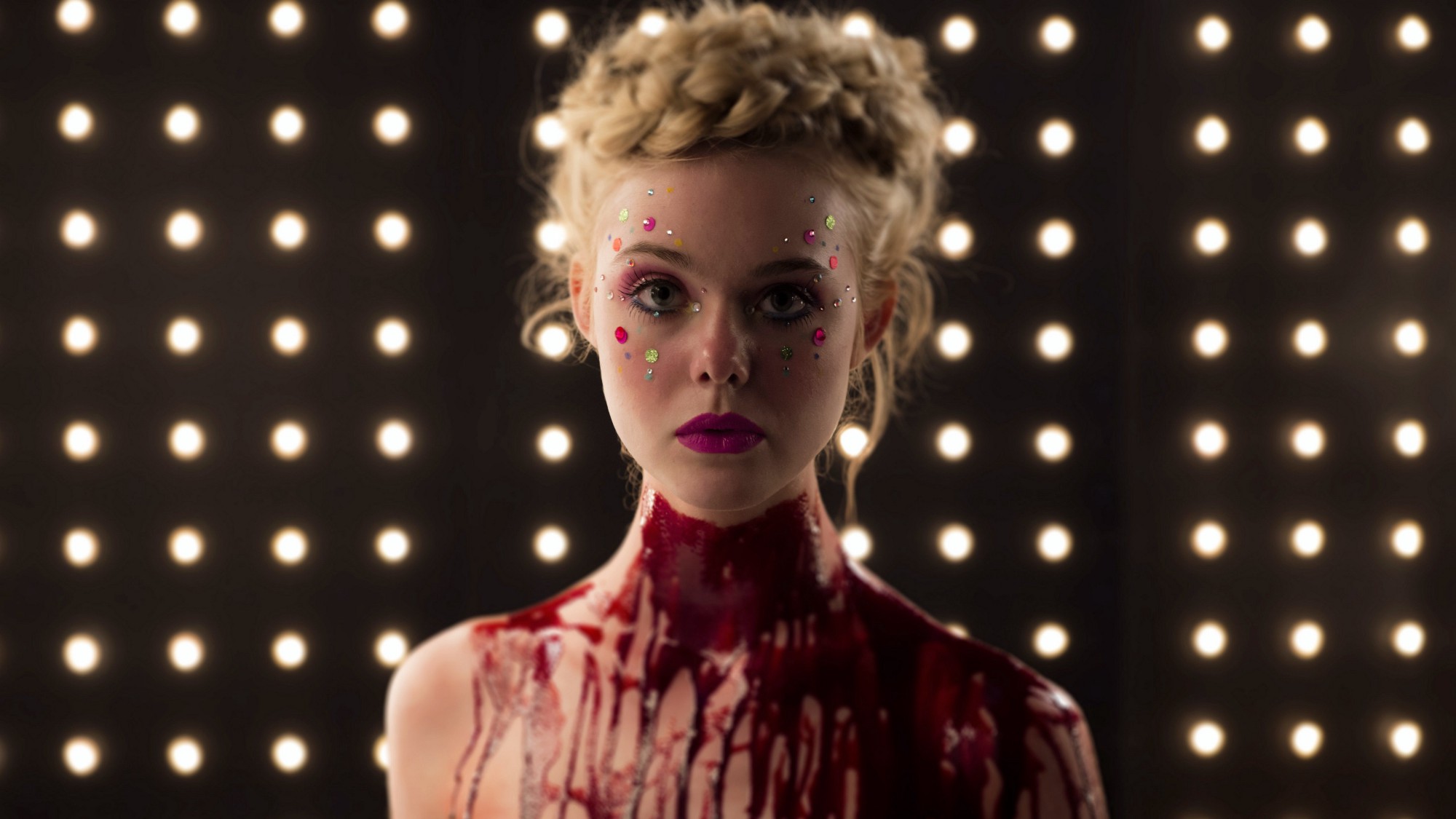
Nicholas Winding Refn is a director with a very fixed vision. Some people will inevitably be in awe of it. Others may reject it as ‘style over substance’. Refn’s most recent film, The Neon Demon, is an attempted examination of the modelling scene in L.A.
While this has certainly been done before, Refn calls upon his distinct approach to visual filmmaking in order to viscerally expose the underlying resentment, envy and competition inherent within the modelling fraternity.
Refn isn’t wrong about this, and his film starts off promisingly and engagingly. However, he makes a number of missteps that prove catastrophic to the film’s overall success.
7. It lacks a coherent narrative
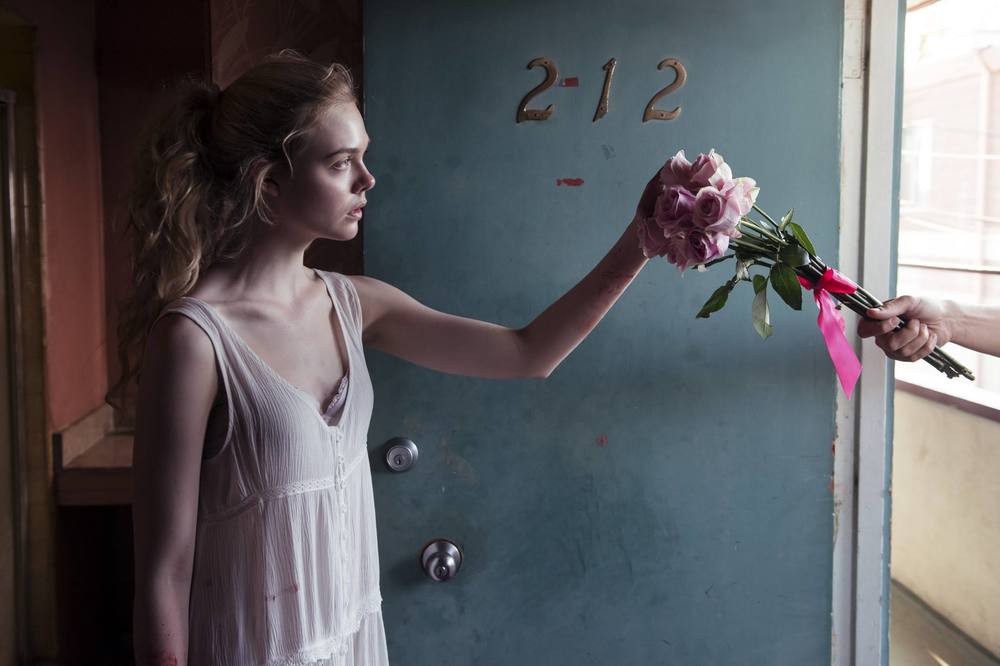
To preface this point, narrative is not an inflexible storytelling device. Indeed, many great films of the last 120 years have either completely dispensed with, or only used narrative sparingly. Although Refn is not renowned for developing long, convoluted narratives, The Neon Demon could have used some kind of reference point to bind its disparate scenes together.
On a very basic level, The Neon Demon follows Jessie (Elle Fanning), a 16-year-old wannabe model through the dark, murky trenches of the L.A modelling scene. Other than this, there is nothing overarchingly holding the film together.
Admittedly, there are recognisable strands that run through the film, such as Jessie’s relationship with Dean (Karl Glusman), but such subplots are insufficient for holding the film together. What ensues is senseless dislocation from Refn’s starting point for the film: i.e. Jessie’s journey.
We are left caught in a kind of vortex that sharply and rapidly throws us from scene to scene in bemusement of the new ways in which Refn tries to keep us engaged in The Neon Demon. Refn’s attempts are in vain, as we are constantly confronted by preposterous set pieces that intensify right up until the film’s desired closure.
6. It is too long
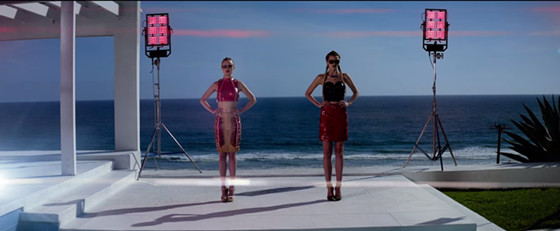
The film clocks in at about 2 hours. For a standard film, this is by no means bloated. But, in view of Refn’s absence of a conventional narrative, the running time is much too long. On a surface level, this leads us to a disengagement with the film’s third act, and a tangible disinterest with the ideas Refn wants to relentlessly throw at us.
Not to be economical, but effective, Refn should have cut the whole third act. This wouldn’t have adversely affected the film, but rather invigorated it. He should have chosen to end the film approximately when Ruby (Jena Malone), and Jessie’s modelling rivals disconcertingly watch on as Jessie lies, twitching in an empty swimming pool, edging closer to her death.
All of the ideas that Refn had precedingly developed- the power of looking, insecurity, vanity and the like- would have been nicely rounded off with such a grim conclusion. Viewers, while perhaps a little perturbed, could have left the cinema blossoming with Refn’s close examination of the ills society in which appearance and beauty is prioritised above everything else.
Instead, Refn mistakenly chose to indulgently march on, taking a huge risk in prolonging the film. This risk, as evident to most of us, didn’t pay off as The Neon Demon enters territory where the hyperreality of the film descends into unbridled chaos and messiness. The aforementioned ideas were not serviced by this extension of time; but instead thwarted and blurred by the film’s third act.
5. Cast is misused
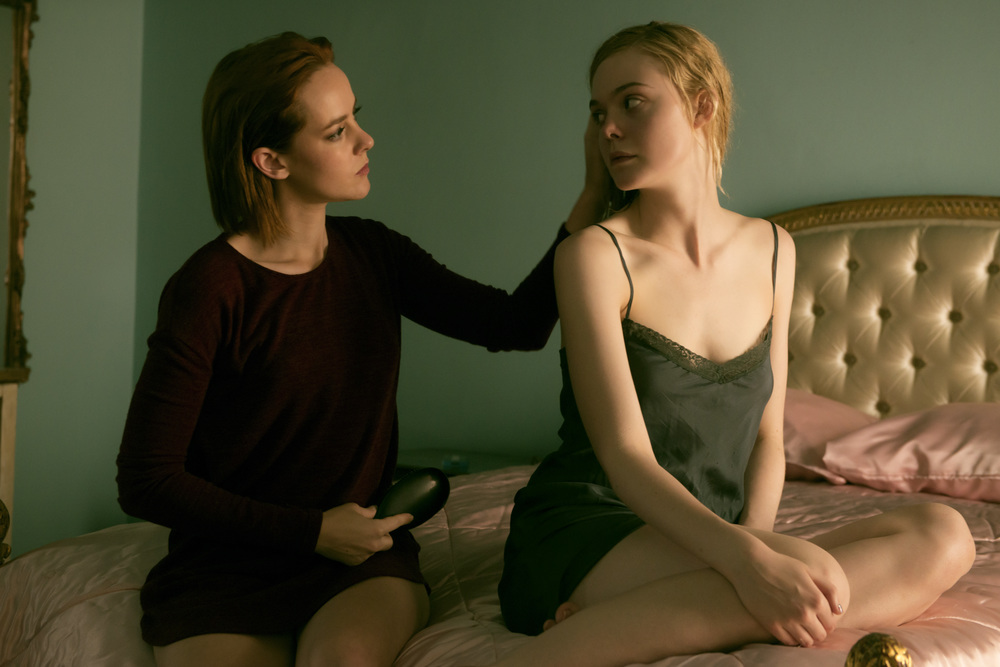
The Neon Demon is very much a film to be taken by scene by scene. There is an array of characters that pop up to affirm and clarify the film’s message, but the core characters are only Jessie, Ruby, Gigi (Bella Heathcote) and Sarah (Abbey Lee Kershaw). Elle Fanning plays Jessie admiringly; first as an impressionable, modest 16-year-old. As the insidious environment of L.A moulds and shapes Jessie, Fanning competently takes a more stiff, still and scrutinising approach to her character.
Malone seems unsure of her place in the film, playing Ruby without any real presence. Although the character seems to demand different and duplicitous shades, Malone only very broadly captures this. Mostly, she is unconvincing and smothering. Heathcote and Kershaw play two almost identical models, and their job is to cultivate a meaner ‘Mean Girls’ persona. Their scope for performance always feels constrained, but perhaps that is the point.
Somewhat surprisingly, Keanu Reeves appears as the Hotel manager where Jessie is staying. His character is dishevelled and disrespectable, and Reeves never misses a beat. Likewise, Christina Hendricks plays an experienced, manipulative beauty scout.
Both of these actors’ performances are highlights in the film, yet Reeves only has a couple of scenes and Hendricks only has one. Refn would have done well to have expanded the importance of these characters, as these two capable performers could have injected some life into what turns out to be a rather lifeless, stagnant film.
4. Refn fails to capitalise on the visual stimulation the film seems to promise
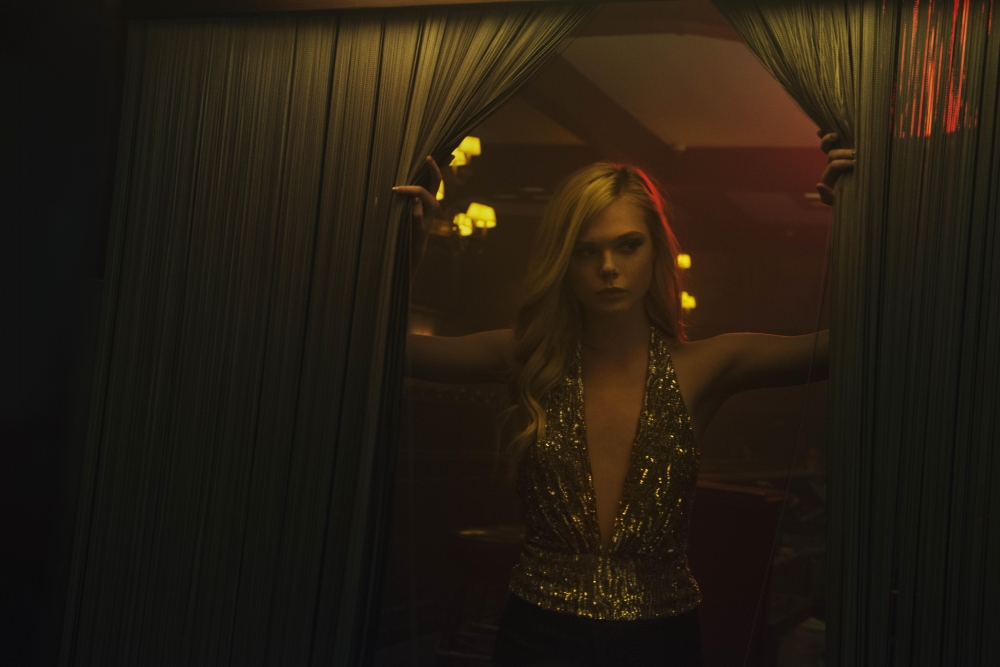
The posters and commercial advertising of The Neon Demon are visually striking; often featuring Jessie drenched in blood, lying on a nondescript couch. Tinges of purple surround her from above.
The film does indeed start out this way; with cinematographer Natasha Braier spoiling us with colour saturation on the modelling sets. The early composition of the shots- skilfully balancing the need to capture the subject (often Jessie) and the surrounding aesthetic- impels us towards strong encouragement.
However, once the first act is wrapped up, the film departs from the grandeur of indoor modelling sets and parties. This correlates with a change in cinematography, as Braier’s photography becomes characterised by anaemia and blandness.
From a thematic point of view, perhaps this is validated. As Jessie starts out as our way into the modelling world, we are presented with the ostensible wonderment of it. As we and Jessie become privy to its substantial flaws, a more exposing dullness kicks in. But this is beside the point.
Without the startlingly beautiful photography, Refn’s film carries a lot less intrigue. It loss of visual engagement is fatal; as aesthetic is often Refn’s only weapon as a filmmaker.